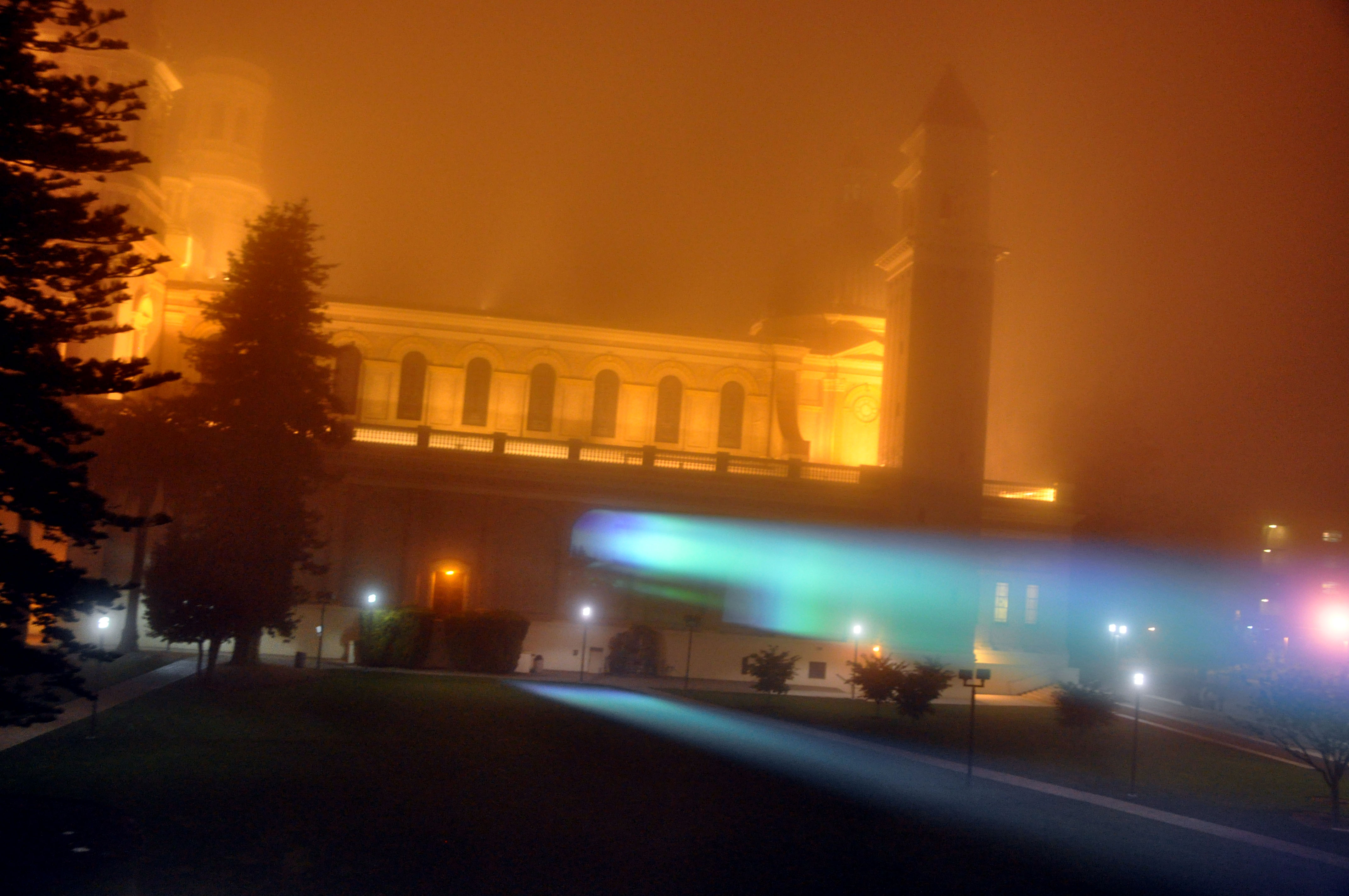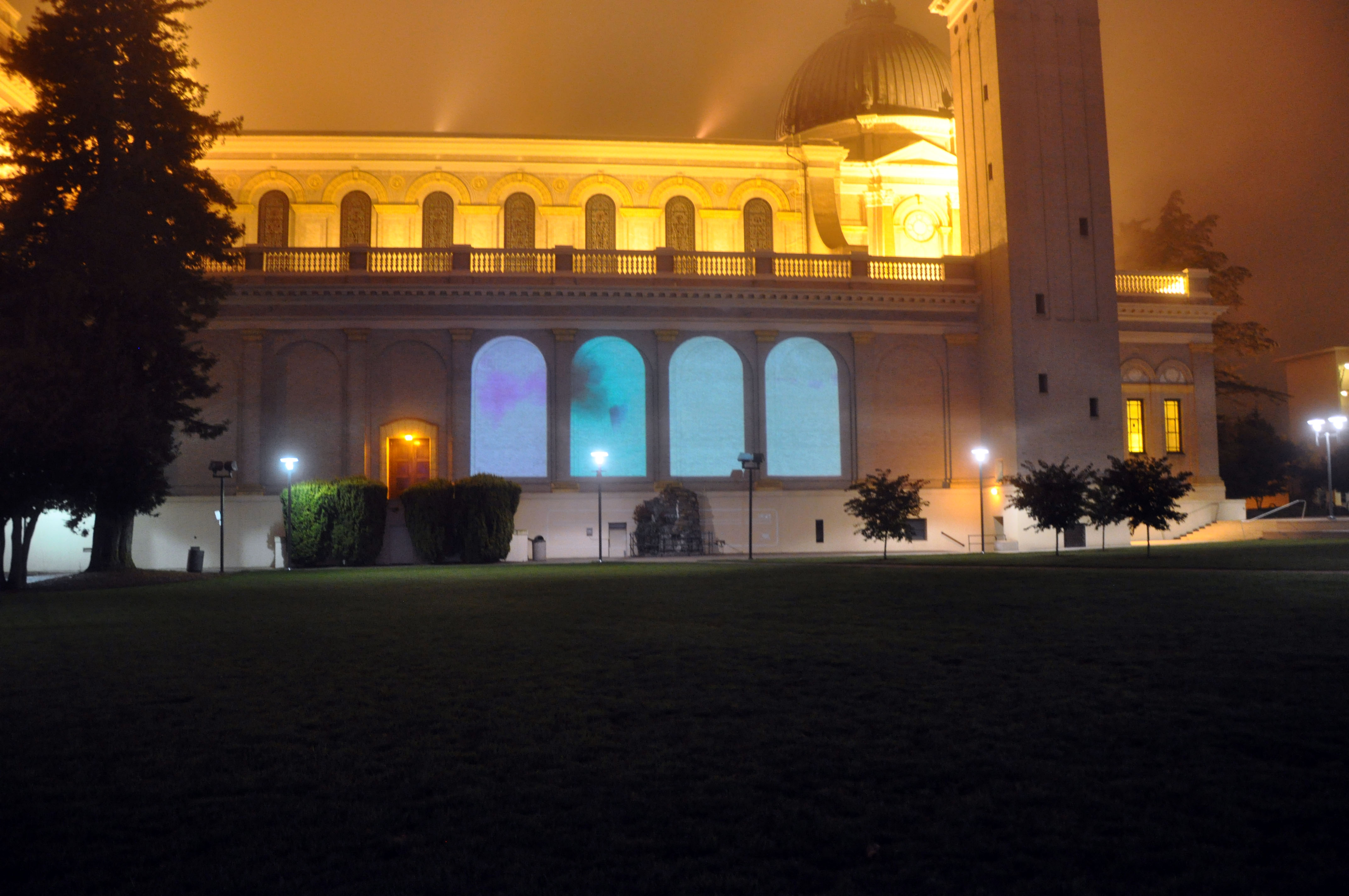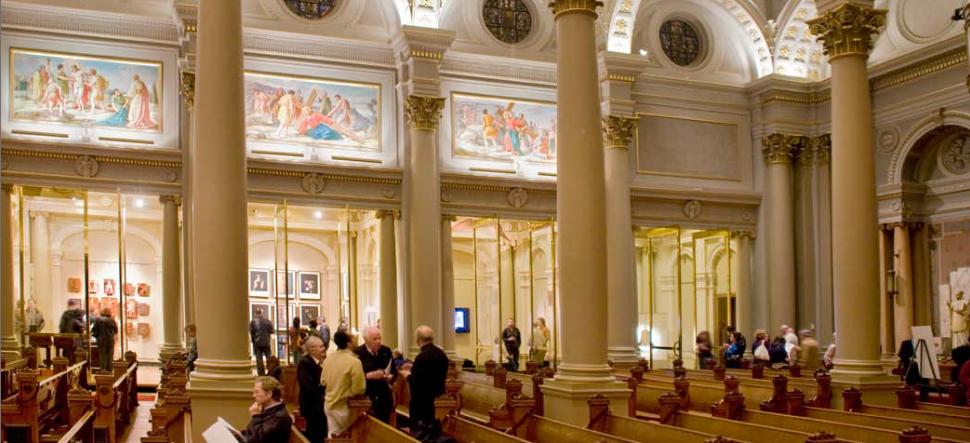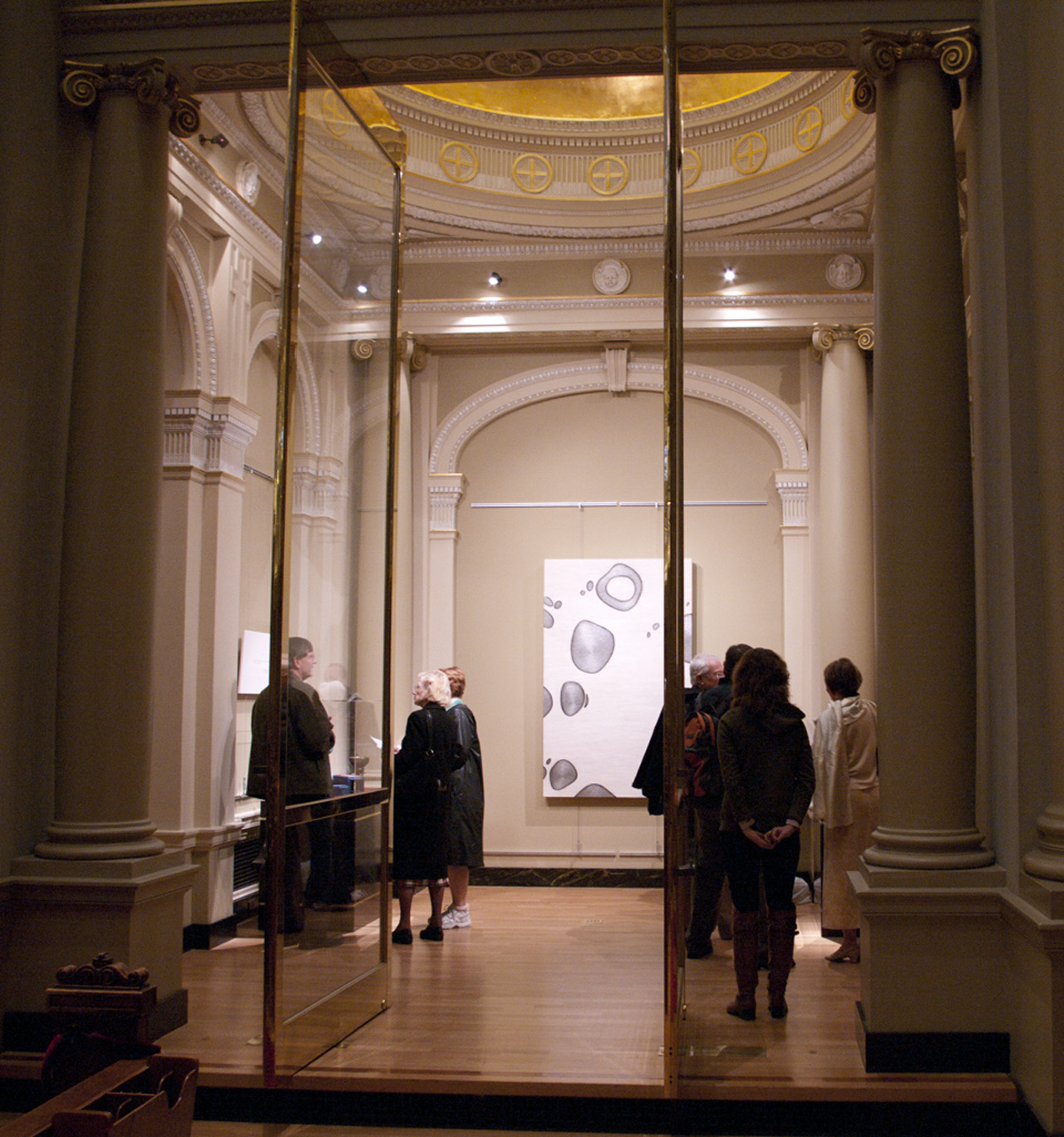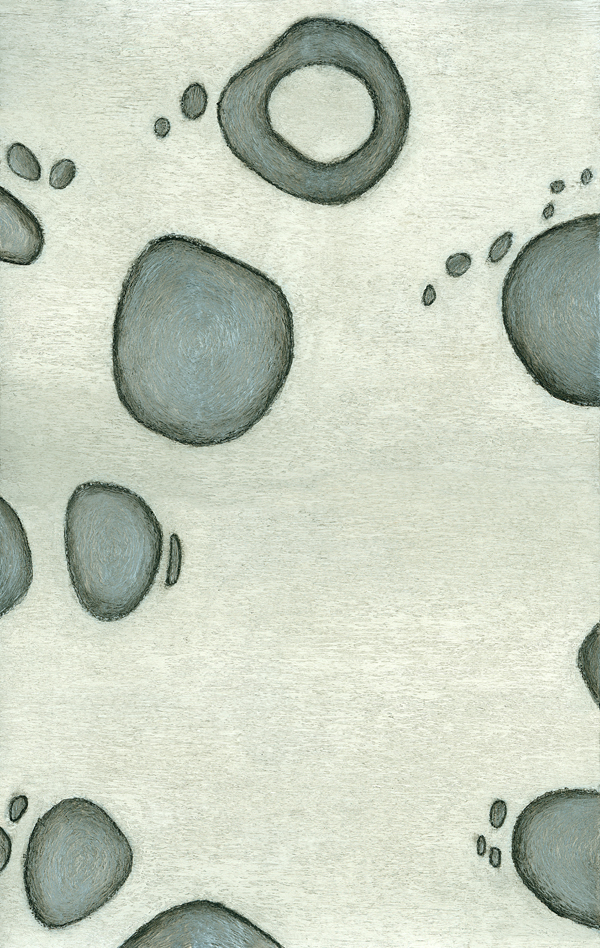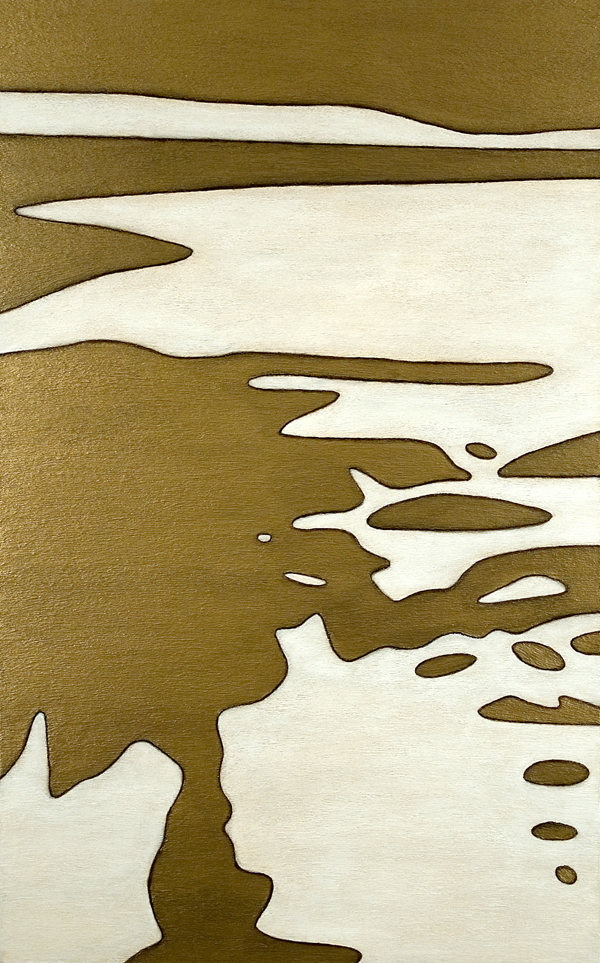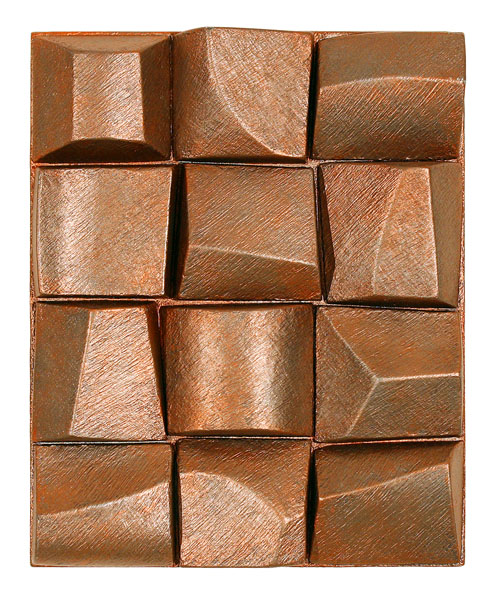By Samuel G. Freedman
Published: December 31, 2010
For most of his mother’s life, Tobi Kahn would make a present on each of her birthdays. The gifts began during his childhood as hand-drawn cards, more tender than precocious. As he grew into a formally trained and then a critically acclaimed artist, he made her a pocketbook one year, a desk set another, photographs worthy of museum exhibition.
Then, in the early summer of 2004, Ellen Schapiro Kahn lay in Memorial Sloan-Kettering Cancer Center in Manhattan, dying at 75 of pancreatic cancer that had been diagnosed barely a month before. It was uncertain she would survive even long enough to be moved into a hospice near her home.
A woman of elegant taste and fierce will, Mrs. Kahn was especially bedeviled by the scent of the place. Something in her treatment, perhaps the chemotherapy drugs, made every smell intolerably harsh. She had always adored flowers, and her son thought to bring her bouquets, but now she could not bear them.
So, Tobi Kahn gathered one final present, a collection of his paintings of flowers, chrysanthemums and buttercups rendered in curling, lapping lines of white, blue and green, muted as pastels. He hung them in the hospital room, around what would be her deathbed, so that sense-memory could fill her nostrils with ambrosia.
“Why shouldn’t the end of your life be beautiful?” Mr. Kahn, 58, recalled recently in an interview at his studio in Long Island City. “People say your wedding should be beautiful, your birth should be beautiful. Why not your death? You can’t go trekking in the Himalayas, you can’t eat a gourmet meal. But you can look at beautiful art.”
Out of that private, personal display for his mother, Mr. Kahn has built a body of work that aspires to bring solace, comfort, a kind of sublimity, to the end of life. It is by no means the only or even the primary work he does — for decades, he has been a protean, prolific artist in paint, sculpture and installation — and yet it has become a distinctive specialty.
This end-of-life artwork also expresses Mr. Kahn’s religious sensibilities, both his lifelong observance of Orthodox Judaism and his commitment to outreach across denominational lines. While his selection for a group show at the Guggenheim in 1985 established his reputation, his work has also been exhibited at such sites as the Museum of Biblical Art in New York and the Museum of Contemporary Religious Art in St. Louis.
“One of the common bonds across traditions is the human concern with suffering, love, mortality, immortality,” said the Rev. Terrence E. Dempsey, director of the St. Louis museum. “The role of religious art at the end of life is that it helps us focus on what’s really important — an interior healing, even if there is no physical healing, and finally a sense of gratitude.”
Having already created art for hospices, hospitals and memorial chapels, art ranging from a single canvas to an entire room for meditation, Mr. Kahn has several significant commissions in the near future. The Educational Alliance, a social service center on the Lower East Side, has retained him to create a 10th-anniversary memorial to victims of the Sept. 11, 2001, terrorist attacks. The HealthCare Chaplaincy has selected him as the principal artist for a 120-unit palliative care residence to be built in Lower Manhattan.
“Spiritual life is as important at the end of the journey as at the beginning,” said the Rev. Walter J. Smith, the president and chief executive of the chaplaincy. “When the body and mind are being naturally attacked through illness or aging or whatever, the soul is the thing that can hold a person together.”
If Mr. Kahn’s art can indeed stir the soul, there is nothing easily ethereal about the process. As the child of Holocaust survivors, named for an uncle killed by the Nazis at age 23, he grew up in Washington Heights among the Jewish émigrés from Germany with an acute awareness of mortality at its most gruesome.
During his 20s, Mr. Kahn had a girlfriend who was stricken with cancer, and he poured his anguish into a series of jagged, stark portraits that, he says in retrospect, reflected not only his lover’s suffering during chemotherapy, but also Holocaust images of haggard, shaven-headed captives. In subsequent years, Mr. Kahn has been commissioned to design several Holocaust memorials.
Yet, he was imbued by his mother and grandmother with life force, too, variously expressed by those women through fashion, career success or afternoon trips to art museums. Also, as a member of the Jewish priestly caste of Kohanim, Mr. Kahn is forbidden by religious law to attend the funeral of anyone except an immediate relative, lest he be rendered impure. So only with his mother’s death did he actually experience the ritual firsthand.
Which may help explain the transformative power of her demise on his art. In the aftermath of Ellen Kahn’s death, Mr. Kahn began asking clergy members, hospice workers and funeral directors what kind of art dying people wanted. He received both specific advice — no sharp edges, calmness, tones of blue, no sudden tonal shifts that might set off a hallucination — and more important, he recalls, a broader recommendation for “a certain sense of dignity, nothing soporific.”
As part of his own grieving process, Mr. Kahn dedicated 11 art projects to his mother’s memory. One of them involved designing a sanctuary and meditation room and decorating 18 residential rooms for a Jewish hospice in the Bronx. Many of those paintings depicted lakes, horizons and landscapes, themes to which Mr. Kahn has often returned in his end-of-life art.
With their reverence for nature, those paintings embody a certain strain of pantheism, one Mr. Kahn can trace as far back as a youthful fascination with Stonehenge. The works, though, also subscribe at least loosely to the Judaic concept of “hiddur mitzvah,” sanctifying something (a commandment, if one is literal) by beautifying it.
“We’re going from one place to another,” Mr. Kahn put it, “and you should see beauty until the moment you leave.”
E-mail: sgf1@columbia.edu
